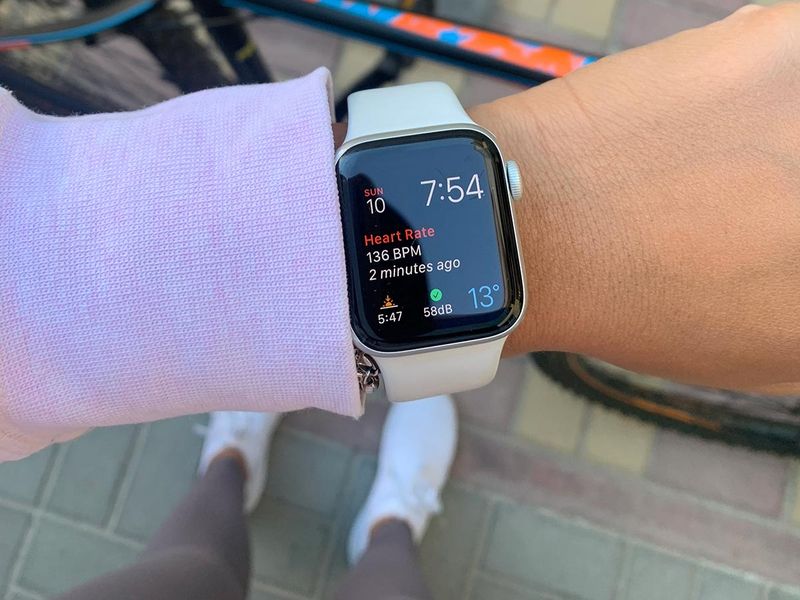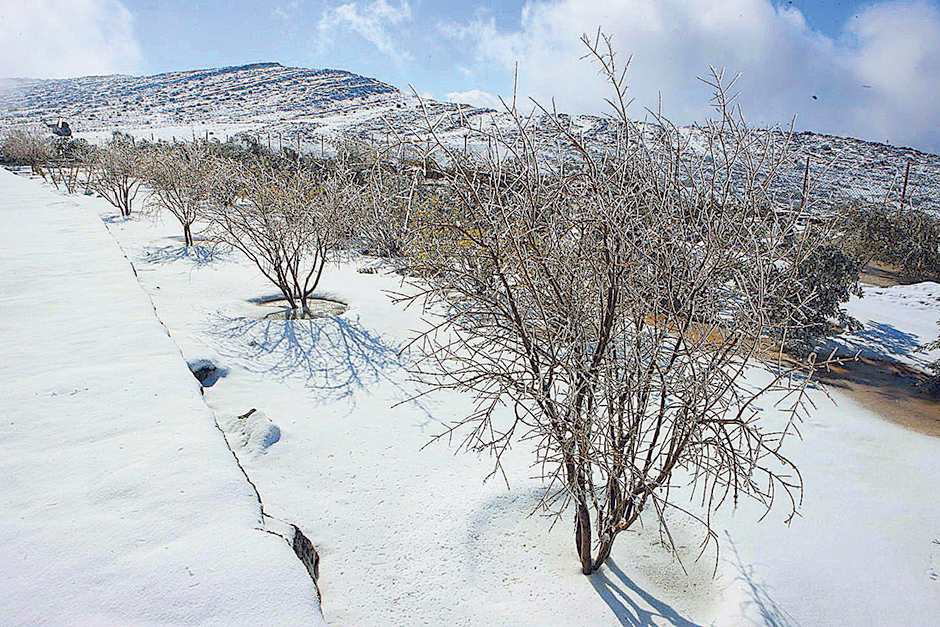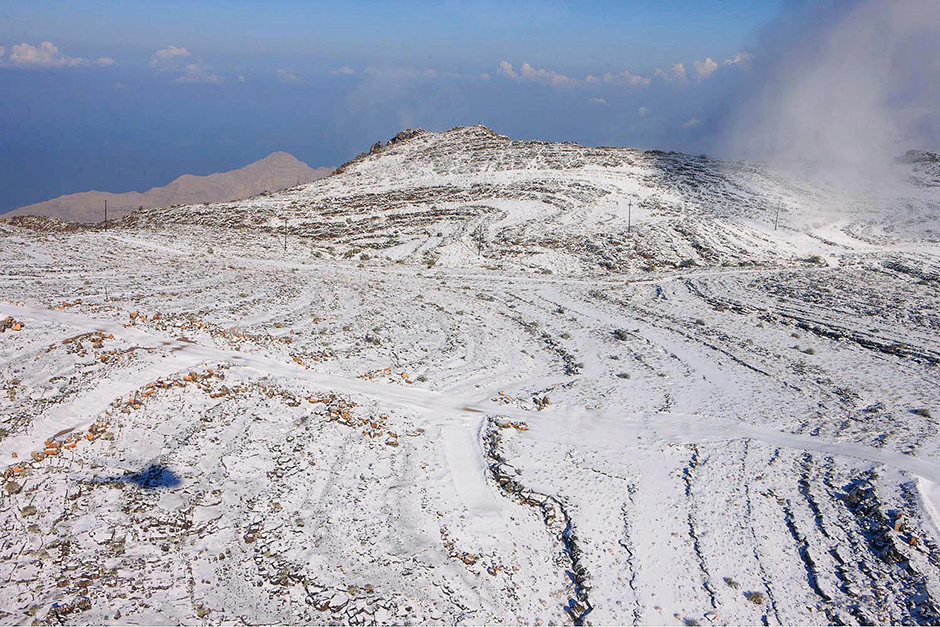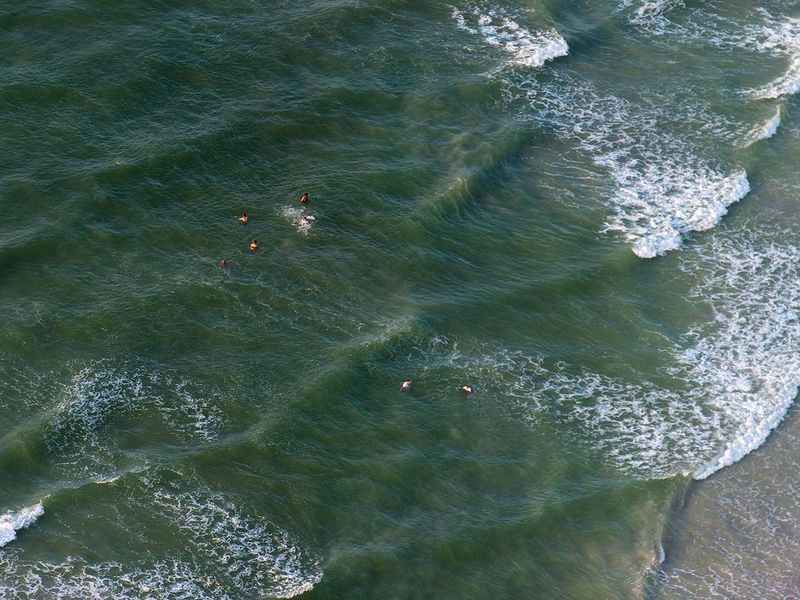Dubai: There’s a common misconception to the rest of the world that the UAE is hot hot hot all year round.
To a certain extent, this is mostly true. The UAE is, in fact, a balmy destination that is home to beautiful resorts and offers plenty of sunny activities like kite surfing, paddle boarding and kayaking. However, we must not disregard the fact that winters do get cold for a few weeks of the year.
Cold is a relative term. But for a population that is used to wearing just one layer of clothing, anything below 15°C qualifies as cold here in the UAE. So this morning, when I went for an 8am bike ride, I was experiencing cold weather at a sweet 13°C. So yes, I required a jumper.

Image Credit: Yousra Zaki
UAE residents all over town are convinced that this has been a colder winter than usual. So we ask the experts: “Is this the coldest winter yet?”
Throughout the UAE’s history, some winters have left more of an impression than others. Bringing icy rains and the occasional light blankets of snow, these winters have remained lodged in the cultural memory.
January 2020
One of those memories took place last year this exact week. UAE residents enjoyed the winter chill, as it literally started snowing in Jebel Jais, where the temperature reached -1 °C in the early hours of January 15, 2020.

Image Credit: WAM/Gulf News Archives
November 2018
Another momentous weather day was the infamous heavy downpour of November 2018, which caused schools to close down as the roads flooded. Even flights into and out of Dubai International Airport were delayed due to bad weather conditions.
And who can forget the Ice Hail storm reported in Ras Al Khaimah in November 2019, as the country underwent a bout of unstable weather.
So is it really the coldest UAE winter to date?
The NCM official told Gulf News: “While it is too early to conclude whether we are experiencing the coldest winter in the UAE, right now, it is certainly the coldest January we have ever seen. Temperatures dipped to a record of -2 °C for the first time in January this year. Cold weather is expected to continue till February.”
Lowest temperature recorded: February 2017
That is still not the coldest. An official from the National Center of Meteorology told Gulf News that the coldest winter UAE has recorded so far was in February 2017, when the weather bureau saw the temperature drop as lows as -5.7°C degrees at Jebel Jais. That year, a cold snap brought by northwesterly winds caused the mercury to drop, leading to snowfall on the mountain.

Winter in the UAE
UAE officially marked the start of winter on Tuesday, December 22, corresponding to the winter solstice – a phenomenon that regions globally use to mark seasons.
On Saturday, January 9 was the first time this winter season that a sub-zero temperature was recorded. This time recorded in the town of Raknah in Al Ain, where temperatures were as low as -2° Celsius.

Image Credit: WAM/Gulf News Archives
Explaining the current weather phenomenon, the official explained that the current low temperatures are because the country is affected by a cold mass coming from the northeast, “associated with northeasterly winds”.
The official added: “Minimum temperatures this month, especially in internal parts of the UAE, will be between 5 to 10°C, and will be lower in mountainous regions. In coastal areas, like Dubai and Sharjah, minimum temperatures will be between 11 to 17°C.”
Chilly nights and early morning

A detailed report by the National Center of Meteorology said that the UAE’s weather this month was also due to a high-pressure system building over Siberia. The report explained: “The weather this month is characterised by a drop in temperatures, where it will be cool during daytime and cold during the night in general, due to extension of a ridge of high-pressure system building over Siberia, associated with a cold air mass that affects the country and the Arabian Peninsula in general.”
“Additionally, during this month, the region is affected by a succession of low-pressure systems that pass from the western part of the country to the east. The UAE weather will also be affected by the extension of the Red Sea trough, at times. On some days, these pressure systems associated with upper air troughs will lead to cloudy skies over the country, resulting in rainfall.”
The country will also experience strong northwesterly winds (Shamal), which will cause sand and dust to blow overexposed areas in the internal regions. These winds will lead to rough seas and an increase in wave height.
The report further added that an increase in relative humidity will increase the chances of fog or mist formation. “The frequency of fog or mist increases over in-lands as compared to coastal areas,” the report said.


